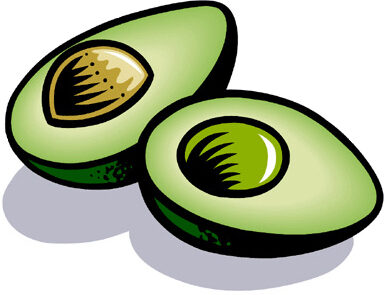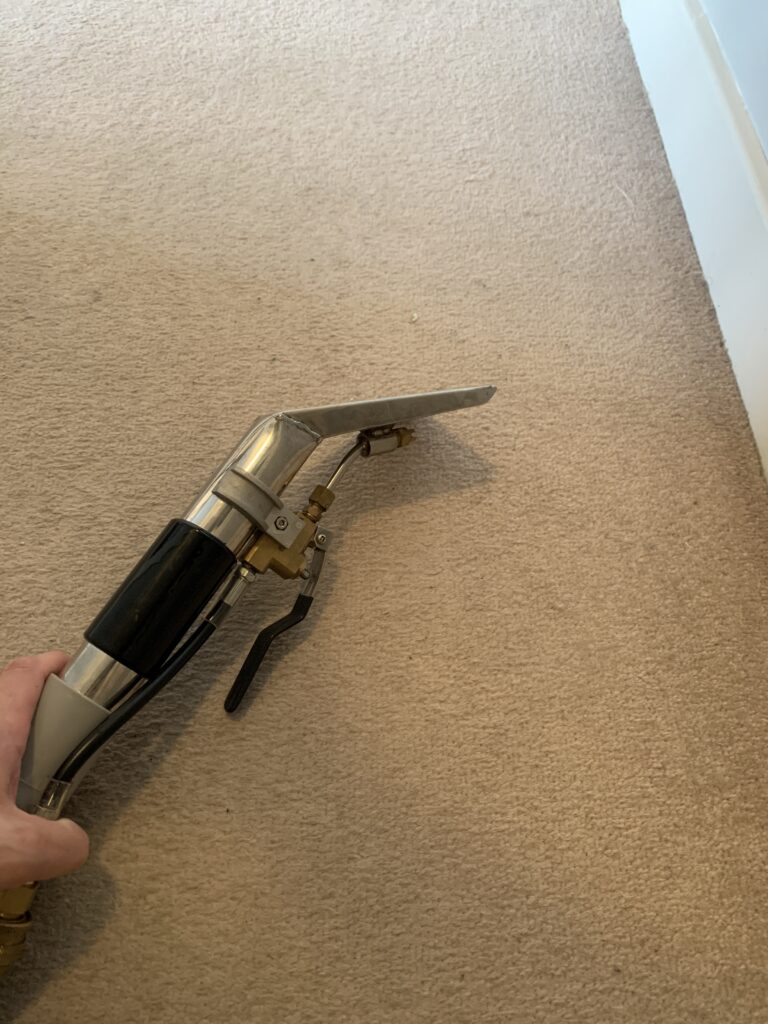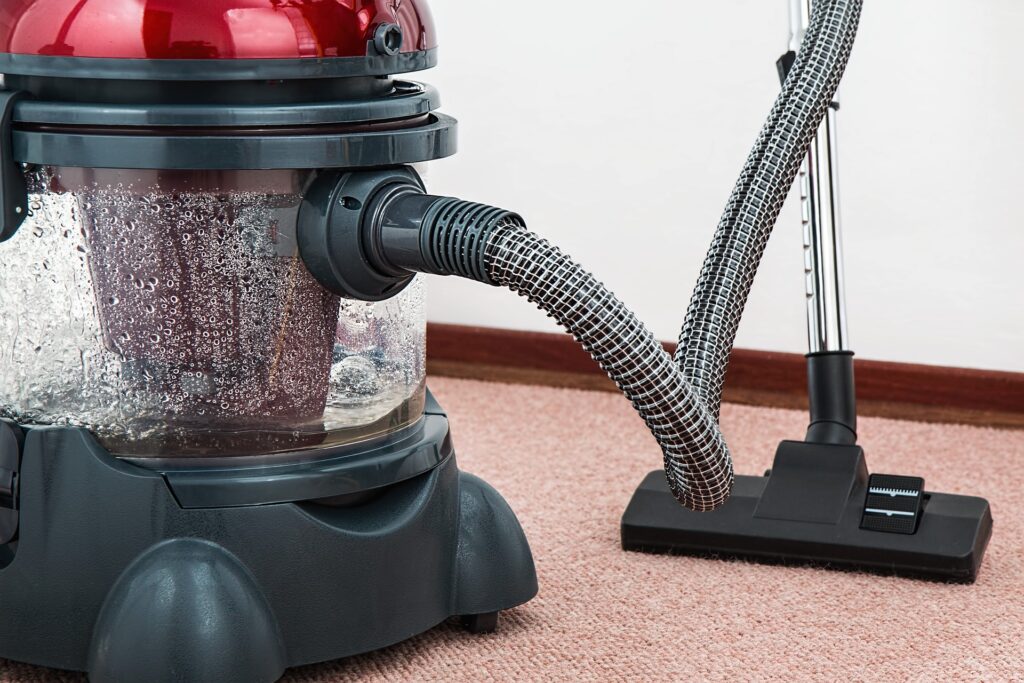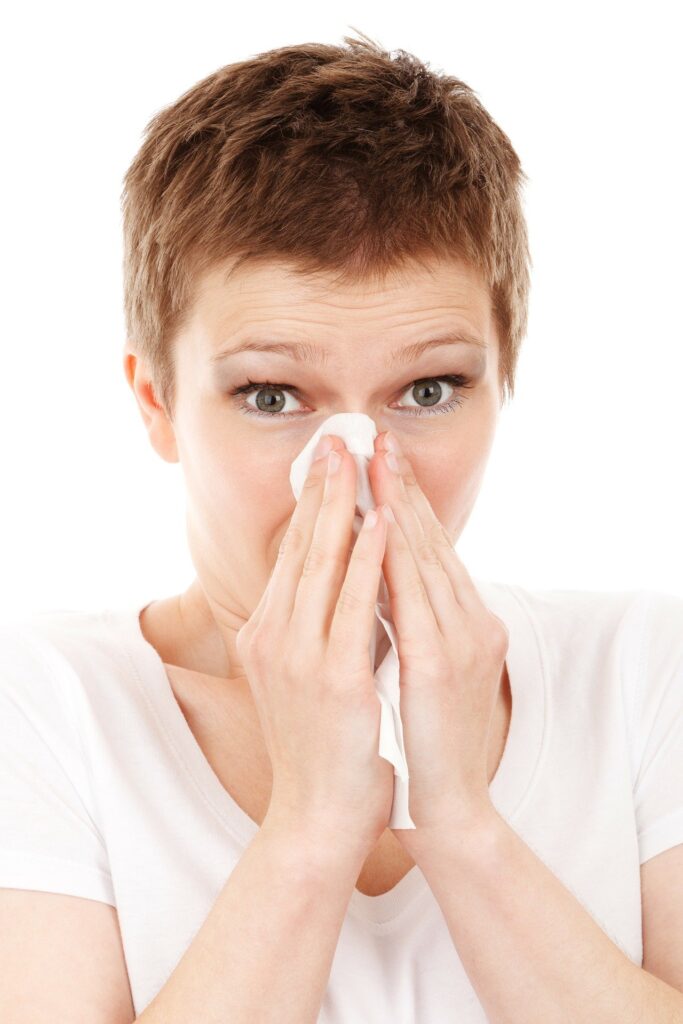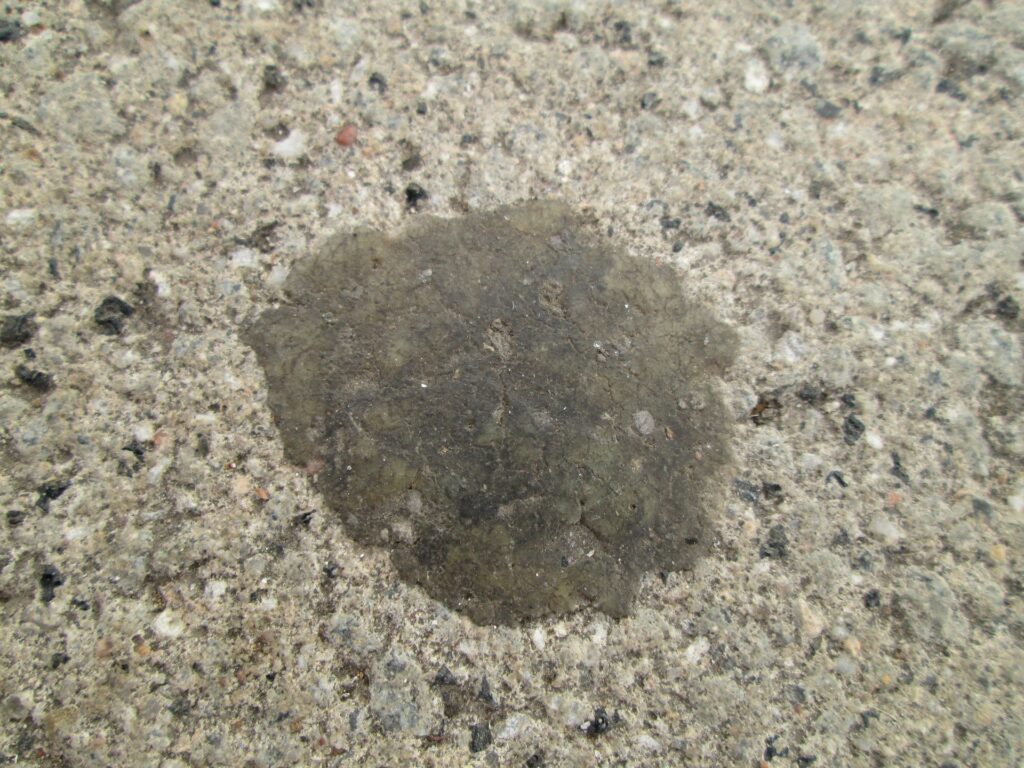Is Steam Cleaning Carpets The Same As Hot Water Extraction?
When it comes to cleaning carpets many people confuse Steam Cleaning with Hot Water Extraction (HWE) and refer to them as the same.
These are two completely different methods and only one is generally used throughout the industry. Nearly all modern machines use HWE as the preferred way of cleaning carpets. The reason for this is the temperature the cleaning solutions need to be at to get the right results. When carpets are professionally cleaned a liquid solution is injected into the carpet fibres and then the machine extracts it all back out. Keeping the solution hot but not too hot makes cleaning, rinsing and extracting dirt from the carpet easier leaving it cleaner and fresher.
Now if steam was being used the cleaning products would not be a liquid anymore and would turn to gas instead. With these high boiling point temperatures, you could run the risk of damaging the carpet and causing irreversible changes. So Hot Water Extraction is the method commonly used.
To add more confusion to this not all carpets can be cleaned using HWE, so it’s very important to test all carpet types before and call a professional for expert advice. Free Quotation
Steam Cleaning
Using a Steam Cleaner or Steaming on its own works great in some situations just not on carpet. Steaming hard floors, using steam for vehicle trims and dashboards, kitchens, bathrooms and other hard surfaces work great.
Using steam vapour to blast dirt away and sanitise at 100 degrees can kill germs, and viruses and can reduce mould and mildew. Better still no chemicals or products are needed, just water.
But for professional carpet cleaning “Hot Water Extraction” is generally the method used. Its effective, safe and will ensure the best results possible.
Is Steam Cleaning Carpets The Same As Hot Water Extraction? Read More »
